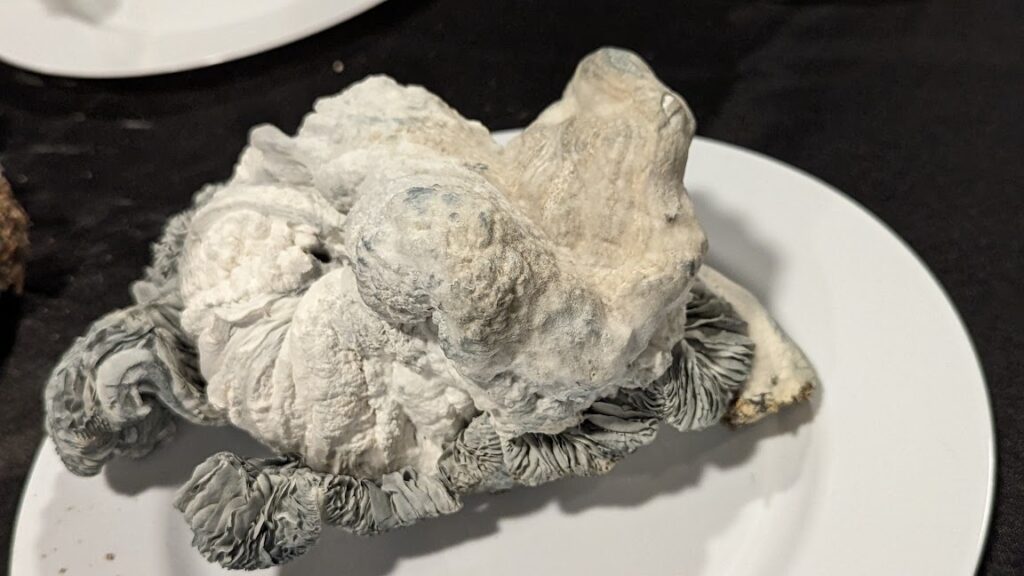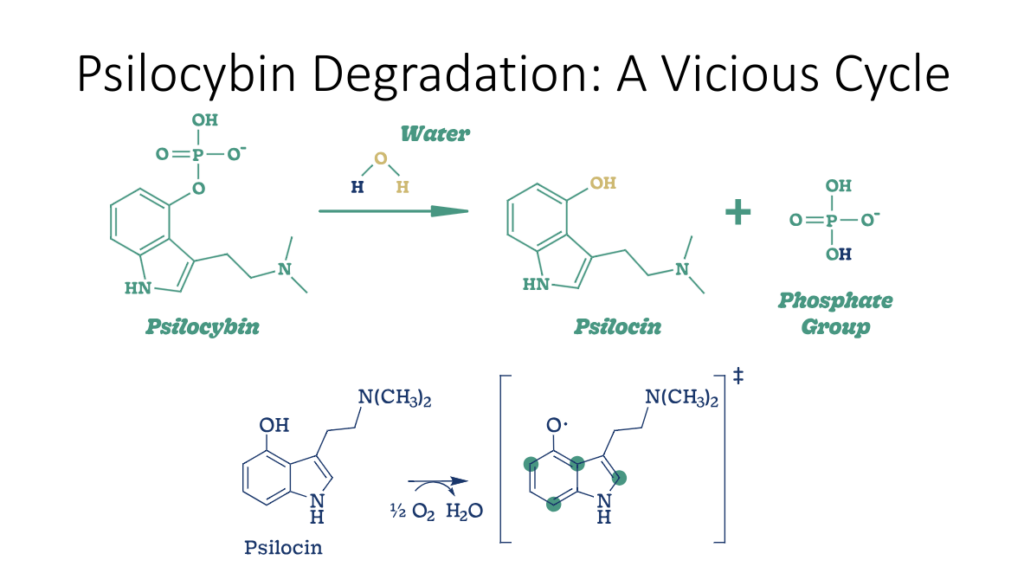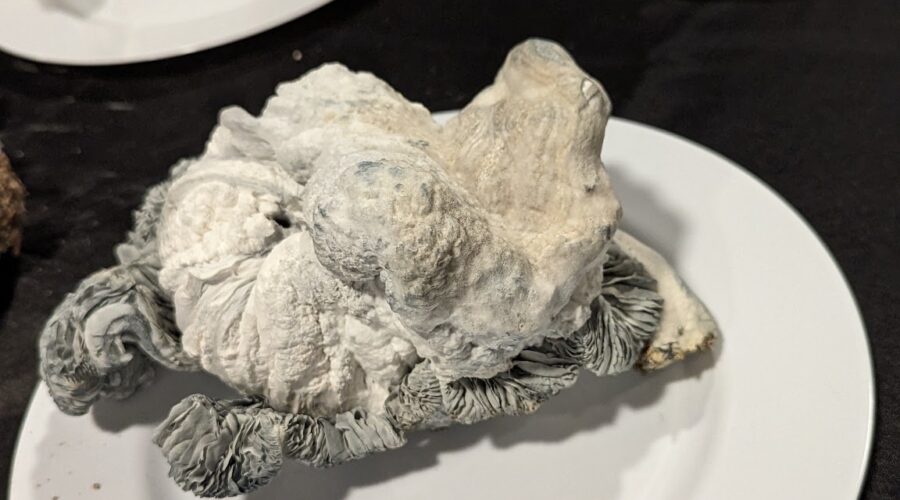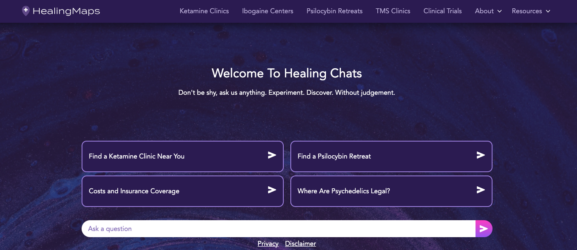Simple Science-Backed Trick Now Proven to Make Your Mushrooms More Potent
Psychedelics–which once landed you in a jail cell–are now legal in a few places. Opponents say psychedelics open a pandora’s box. Others say mushrooms open minds. Both could be true.
What’s indisputable? Legalization lets us know more about psychedelics, and how to use them.
The Psychedelic Club of Denver just proved it. Eight or so years ago, when the club formed, it was three people in a dingy bar, talking about their experiences eating mushrooms that often came from God knows where. Yet the club, over the next few years, helped legalize mushrooms. Thereby giving themselves, and the rest of the state, one of the most liberal psychedelic law in the world–at least when it comes to personal use. People can grow, use, and give away mushrooms.
That freedom opened the door to the first-ever Psychedelic Cup this month in Denver. Sort of like the decades-old Cannabis Cup in Amsterdam.
The Psychedelic Club asked growers to submit samples of their best mushrooms for testing. That means Albino Penis Envies, Golden Teachers, Enigmas, and more.

“We would have been happy with 100 submissions,” says Chase Quatela. He’s a microbiologist with a lab called Altitude Consulting, which tested the mushrooms. “People came out of the woodwork. We got 511 submissions. That’s three times bigger than the next biggest cup.”
That’s a massive pile of mushrooms, a whole big heap of fungus, and Quatela and his team dug in.
The Silica Gel Pack Question
The people at Altitude Consulting asked the growers a lot of questions, including–did you store your mushrooms with a silica gel pack?
This question, at first, surprised me. Who cares if a grower used a silica gel pack? Yes, these packets pull water from the air. And the wisdom was always that drier mushrooms stay more potent for longer. But I usually don’t use them. And my mushrooms always seem fine.
A lot of the growers in the competition didn’t use silica gel packs, either. About 100 entrants said they didn’t use gel packs. And 227 said they did. (The rest didn’t answer the question.)
The folks at Altitude Consulting wanted to see if silica gel packs made a difference in the quality of the mushrooms. If the packs would prevent psilocybin from turning into psilocin, which then turns into the non-trippy blue stuff. “Overly blue mushrooms could have been stronger if they were taken care of,” Quatela said.
And the lab folks found, for sure, that silica gel packs make a big difference.
RELATED: Do Shrooms Go Bad? Here’s How Long Magic Mushrooms Stay Potent
The Results: Silica Gel Packs Actually Increased Psilocybin Content
Lab tests showed–for the first time–that silica gel packets do prevent the psilocybin from degrading into psilocin, and from there into the non-psychoactive blue stuff. The silica gel pack actually improved the psilocybin content of stored mushrooms. By 20 to 25 percent.

“It’s massive,” Quatela told me.
A 20 to 25 percent difference could shift your whole trip. If you’re using mushrooms stored with a silica gel pack, taking 4 grams of mushrooms would feel like you’ve taken 5. On the other hand, if you eat mushrooms without silica gel packs, taking 5 grams would feel like taking 4.
The difference between 4 and 5 grams of a standard mushroom is, for me, the difference between a launch that stays in the stratosphere and a rocket to Mars. It’s the difference between remembering my social security number and my zip code on the lower dose, and forgetting my own name on the other.
That could be important as people choose their desired effects.
“The more that hard data works its way into this space,” Quatela told me, “the more people will have consistent results, and consistent results is what we want from a dosing and harm reduction standpoint.”
RELATED: Have Questions About Psilocybin-Assisted Therapy? Here are the Terms You Need to Know

A Personal Word of Caution
On a personal note, I’m wary of a psychedelic scene where the aim is to grow stronger and stronger mushrooms. I’ve watched a similar ethos play out in cannabis. Decades ago, cannabis had 4 percent THC. After years of changing their grow techniques, strains in the dispensary have 20 or 25. That’s too much for a lot of people.
What’s more, they distill their cannabis into resins and powders and dab them 5 times a day. Users of these strong strains and resins often look less healthy than people who use THC at lower doses. Some people, like me, get addicted to the feeling of super-high THC. Dabs weren’t healthy for me.
Beyond that, cannabis growers often neglect the other compounds in cannabis, like CBD and CBN, which research is showing can be helpful for depression or sleep. And which, to me, smooth out the experience of getting high.
I’m worried a similar vicious cycle could play out with mushrooms, as people laser in on super-strong strains, and get hooked on the feeling. (Just my two cents. Take it or leave it.)
The Testing
Altitude Consulting tested the mushrooms using a machine called HPLC. The results showed how much each mushroom contained of:
- Psilocybin
- Psilocin
- Other compounds like baeocystin and norpsilocin (There isn’t much understanding of what these do, but people I trust believe they’re important.)
The testers also asked for more information than other cups had. Like:
- How did you grow them–monotub, martha tent, mushroom grow bag
- What did you grow them on–coco, manure, or wheat grass
- How did you store your mushrooms–glass jar, plastic bag, or vacuum seal
The result was the largest, most detailed public data set on psilocybin-containing mushrooms in the history of the world. And the results debuted at the Psychedelic Cup.

Science in a Strange Place
The Psychedelic Cup was a dank, eclectic, vibrant gathering of 400 people in a hip converted steel factory in one of the oldest parts of Denver. A comedian warmed up the crowd, artists painted visionary art, and tie-dyed t-shirts were everywhere.
It seemed to me like the type of event built to sell crystals and talk about Phish–and not the most ideal place to hear a lecture on biochemistry. Many attendees were stoned.
But then microbiologist Chase Quatela, wearing a suit, stepped on stage, and gave what was–to me–the most enlightening presentation of the evening. And it was about the silica gel packs.

He talked about the way psilocybin and psilocin work on a molecular level.
In the body, psilocybin gets mixed with water and it turns into psilocin. Psilocin is what makes you feel the mushrooms’ effects. (Not the only thing; I believe baeocystin and aeruginosin and certain intangible factors–like the intention of the grower and the personality of the mushroom–also change the way the mushroom feels.)
READ NEXT: Your Brain on Mushrooms: A Breakdown of The “Stamets Stack”
Converting Psilocybin to Psilocin in a Jar or Plastic Bag
Stored in a jar or in a plastic bag, the same molecular process happens–when psilocybin interacts with water, it turns into psilocin. This chain of events doesn’t stop there. When water makes psilocybin change into psilocin, a water molecule pops off. With more water now in the jar, a vicious cycle continues. The water molecule–the one that just jumped off– turns around and attacks the psilocybin and changes it into psilocin. Which frees another water molecule, which attacks the psilocybin, which results in more psilocin. And so on.

Psilocin is less stable than psilocybin, and degrades quickly into other molecules. These molecules are often blue. It’s the reason psychedelic mushrooms often look blue. People think very blue mushrooms are more potent. That’s only sort of right. The blue color comes from molecules that used to be psilocin. So a blue tint means the mushroom used to be more potent than it is now.
This process–the degradation of psilocybin into psilocin–was discovered last decade, and chemistry-literate people knew about the chain of effects. But a lot of mushroom lovers, like me, never got the memo.
Still, even though savvy people knew to try to dry their mushrooms as much as possible, and keep them in a dry container, no one ever knew how much that mattered. “There’s not enough data on this,” Quatela told me.
Until this Psychedelic Cup scientifically showed us that a simple thing–putting a silica gel pack in a jar–can lock in the potency of your mushrooms.
Silica packs, by the way, are cheap.

Further Research is Possible
As these types of cups continue, scientists like Quatela can learn more. For instance, what’s the effect of different substates, like coco or manure, or different grow techniques, like marthas or monotubs. (These are obscure terms to most people, but growers know the difference.) With the data in his subset, and more competition, he might start to provide more answers.
The Psychedelic Club of Denver plans to hold another Psychedelic Cup next year.
RELATED: Hillbilly Pumpkin Mushrooms are Not White Trash — They’re Orange Southern Beauties



